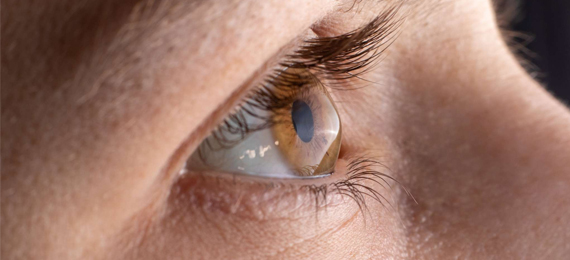
The cornea is a part of the human body that has no blood supply and receives oxygen directly from the air. It is also known as the most rapid healing of human tissue as it can heal the wound within 24-36 hours. It is transparent and found in the front of the eye. The cornea covers the iris, the pupil, and the anterior chamber of the eye. Its main function is to bend or refract light. Uncover everything about the part of the body that does not have blood vessels.
Interesting Facts About the Organ That Has No Blood Vessels
- It is the combination of proteins and cells.
- The cornea is composed of proteins and cells. It does not have blood vessels, like most of the tissues in the human body. Blood vessels may cover the cornea, which may prevent it from refracting light.
- In the cornea, there is no nutrient supplying blood vessels. Tears and the aqueous humor in the anterior chamber give nutrients to the cornea.
- The cornea is made of five layers that include the stroma, the epithelium, Bowman’s layer, Descemet’s membrane, and the endothelium.
- The first layer, the epithelium, is a layer of cells protecting the cornea. It consumes oxygen and nutrients from tears and conveys them to the rest of the cornea. It contains free nerve endings. It also fights off foreign matter to prevent entering the eye.
- The cornea can repair itself fastly from small abrasions.
- The cornea plays an important role in the eye’s focusing power. It possesses around 75% of the eye’s focusing power.
- The refractive power of the cornea is around 43 dioptres in humans. The cornea is easily reshaped with surgery such as LASIK.
- Studies show that the density of corneal pain receptors can be 300-600 times more sensitive than the skin. Even the slightest injury is too painful.